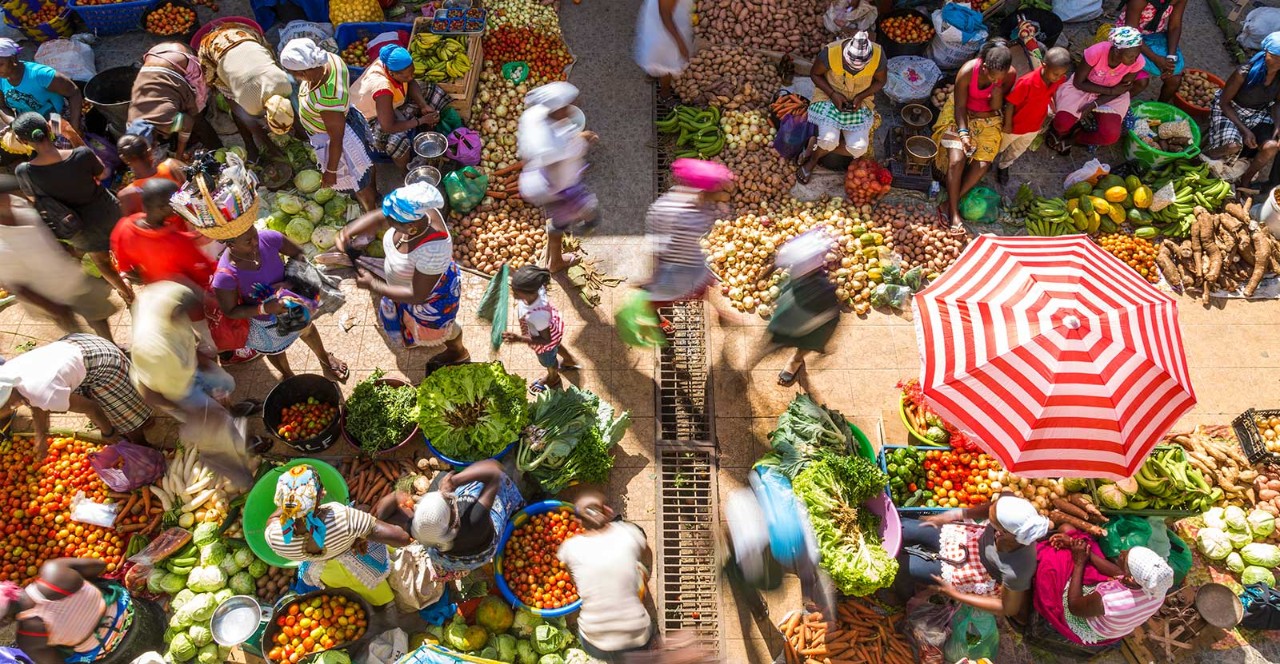
Africa has always had a debt problem. Starting in the 1960s when a swathe of nations gained independence and needed money to build institutions, infrastructure and national identities, the continent has amassed large, sometimes debilitating, amounts of debt. Government budgets across the continent are skewed to service that debt, with the burden made even heavier by the high interest rates at which these countries borrow.
Large chunks of African government budgets now go towards servicing debt, exacerbating poor fiscal conditions and leaving less money for critical expenditure on development and infrastructure. Debt servicing swallowed up 57% of Egypt’s government spend in the 2018/19 fiscal year and will take 32% of Kenya’s in 2020/21 and 24% of Nigeria’s in 2021.
As a result, governments begin each fiscal year on the back foot, with their ability to make the necessary investments in development heavily constrained. In many African states, debt service spend outstrips capital spend – an ugly position to be in. Even the better-structured African economies, such as South Africa, feel some stress from debt service; it has accounted for 12% of the country’s 2020 expenditure budget, a relatively modest amount but in the same range as expenditure on basic education and health.
Rising ratios
Given that not all this debt is taken on for infrastructure development, continental GDPs are not rising as fast as the debts are. Four countries on the continent – Cape Verde, Angola, Mozambique, and Djibouti – have debt-to-GDP ratios above 100%. Many others have rapidly rising ratios, trending to unsustainable levels.
This is an unpalatable scenario, and policymakers must seriously consider ways of escaping the debt spiral. Debt relief is certainly one way to do this (see Tony Watima’s column on this subject in last month’s AB).

In many African states, debt service spend outstrips capital spend – an ugly position to be in
To help poor countries deal with the effects of the Covid-19 pandemic, the IMF approved some debt relief for 25 poor countries, 18 of them African, in April this year. Other creditors, including the World Bank, the G20, African Development Bank and the Paris Club also pitched in to help, although many countries did not take up the offer because of the implications for their credit ratings and other outstanding debt obligations. China has also made some accommodation towards debt relief to its African debtors.
Unfortunately, even taken together, all these initiatives amount to a very small measure of debt relief. It is also becoming increasingly obvious that no one is ready to repeat the 2005 debt relief initiative. The continent must therefore work towards reducing its debt burden, especially debt for financing recurrent expenditure.
Alternative solutions
African states need to consciously reduce their debt dependence. They have to think of other ways to finance development, such as better use of private finance and the capital markets to fund infrastructure development. The development model needs to change from government-led to private sector-led. With better use of private capital, there would be less need to take on more debt.
Attracting private capital requires discipline, the right enabling laws and trustworthy government. Corruption must also be fought to a standstill and the right business environment put in place. Private capital must be assured it can recover its investment – the capital plus some yield. This means a reduction in socialist government policies, which will not necessarily be unpopular. As the success of the telecoms industry on the continent has shown, Africans are ready to pay for infrastructure and service that works.
So let’s make 2021 the year we make inroads into reducing African debt!




